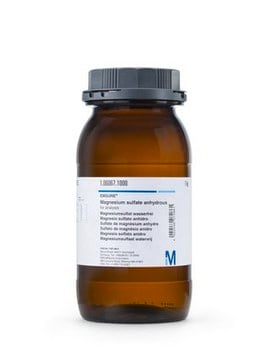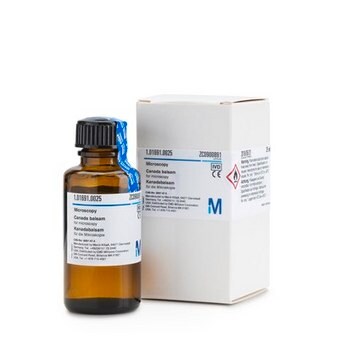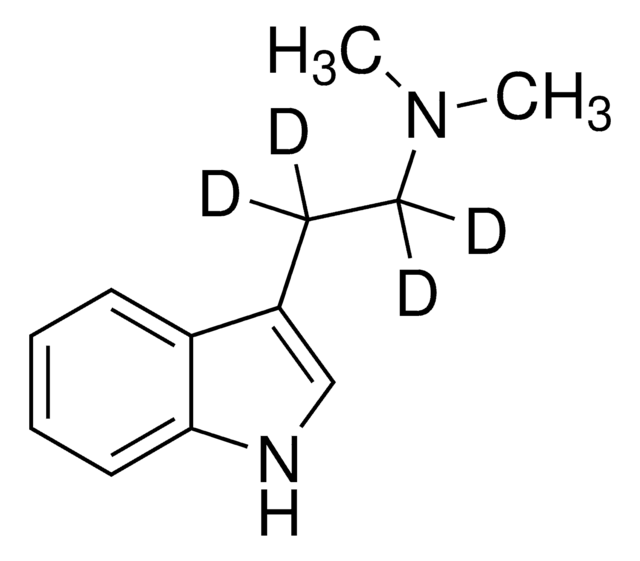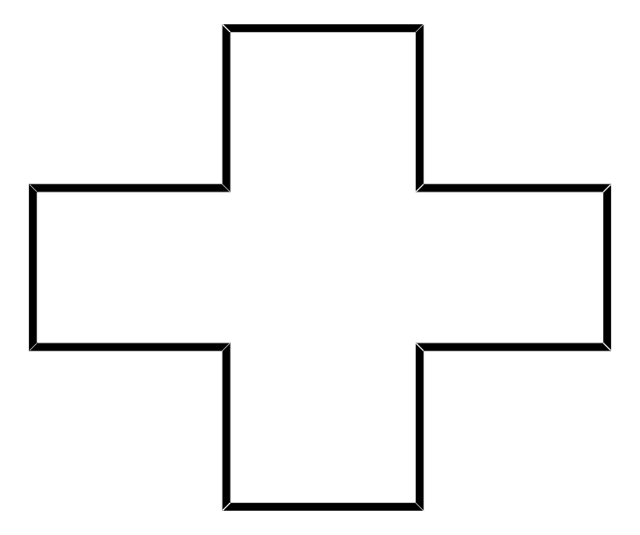23100
Chloral hydrate
crystallized, ≥98.0% (T)
Synonym(s):
Trichloroacetaldehyde hydrate
About This Item
Recommended Products
Quality Level
Assay
≥98.0% (T)
form
solid
quality
crystallized
mp
57 °C (lit.)
SMILES string
OC(O)C(Cl)(Cl)Cl
InChI
1S/C2H3Cl3O2/c3-2(4,5)1(6)7/h1,6-7H
InChI key
RNFNDJAIBTYOQL-UHFFFAOYSA-N
Looking for similar products? Visit Product Comparison Guide
Application
- A reactant in the asymmetric synthesis of β-trichloromethyl-β-hydroxyketones by reacting with chiral imines.
- A water carrier for the efficient deprotectionof acetals, dithioacetals, and tetrahydropyranyl ethers in organic solvents.
- A reactant to synthesize 2-(hydroxyimino)-N-(2-iodophenyl)acetamide using 2-iodoaniline in the presence of hydrochloric acid, sodium sulfate, and hydroxyamine hydrochloride.
Other Notes
Signal Word
Danger
Hazard Statements
Precautionary Statements
Hazard Classifications
Acute Tox. 3 Oral - Eye Irrit. 2 - Skin Irrit. 2
Storage Class Code
6.1C - Combustible, acute toxic Cat.3 / toxic compounds or compounds which causing chronic effects
WGK
WGK 2
Flash Point(F)
Not applicable
Flash Point(C)
Not applicable
Personal Protective Equipment
Certificates of Analysis (COA)
Search for Certificates of Analysis (COA) by entering the products Lot/Batch Number. Lot and Batch Numbers can be found on a product’s label following the words ‘Lot’ or ‘Batch’.
Already Own This Product?
Find documentation for the products that you have recently purchased in the Document Library.
Our team of scientists has experience in all areas of research including Life Science, Material Science, Chemical Synthesis, Chromatography, Analytical and many others.
Contact Technical Service







